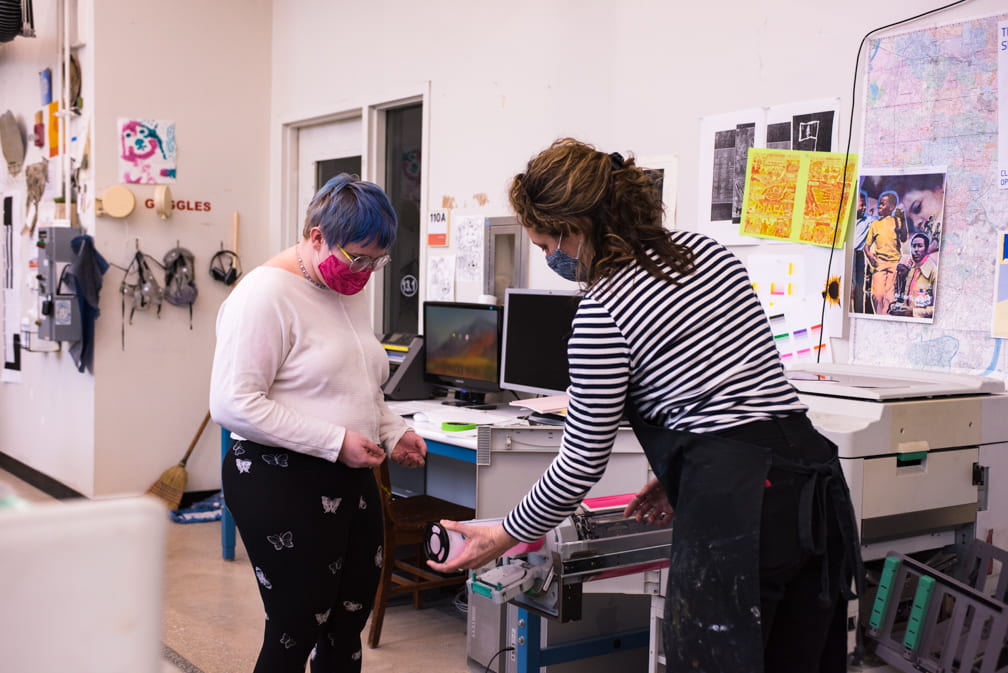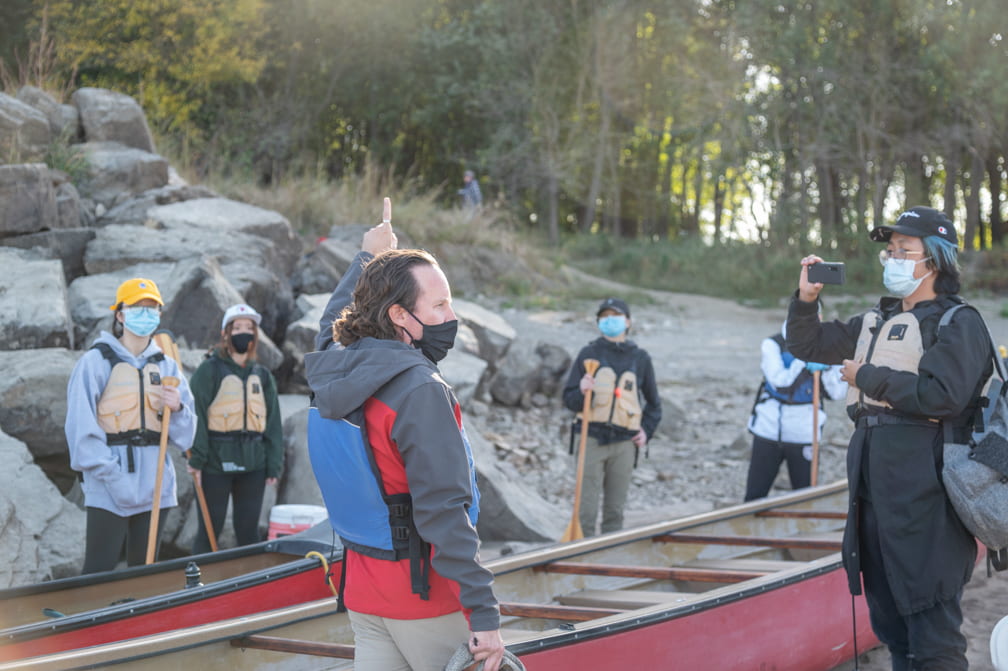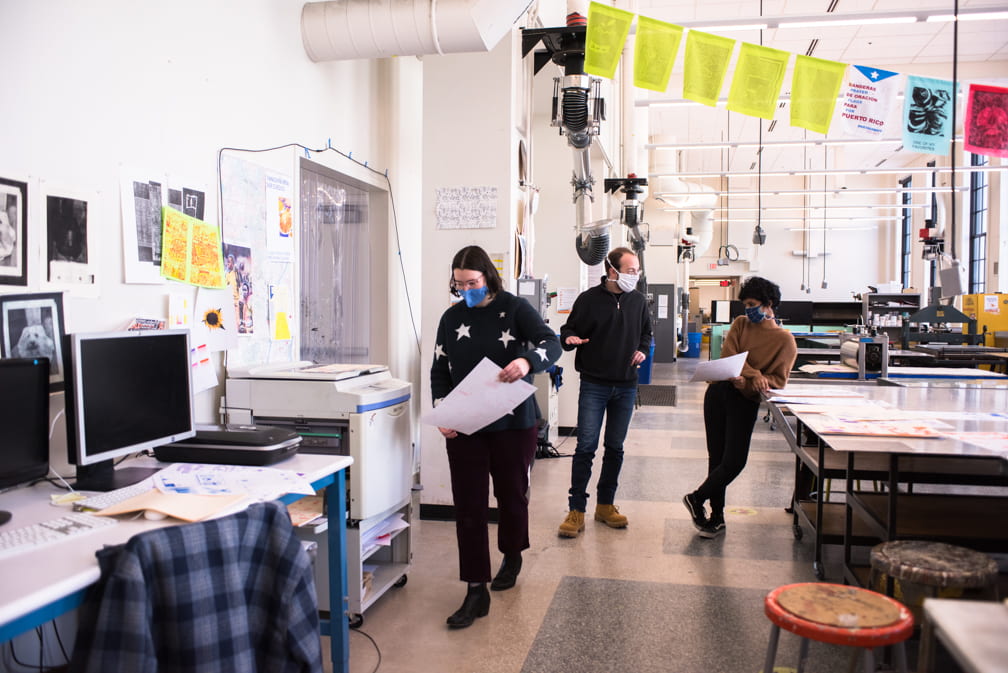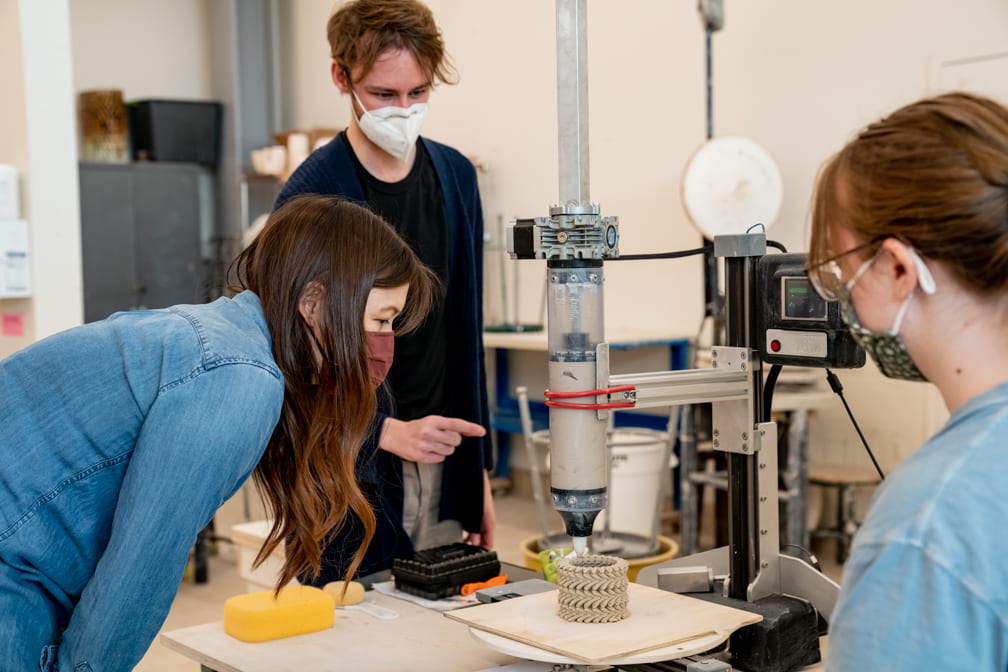Writing Alternative Text and Image Descriptions
Alternative text (alt-text) is a written description of an image that is posted online. Alt-text can be viewed by hovering over an image on a website or document and is also the text that is displayed if an image does not load. Providing alt-text when you post images online is the best way to ensure that a resource is accessible to everyone. Alt-text is especially important for people with low/no vision or with certain cognitive disabilities who use screen readers to navigate web content. As of March 2021, Washington University is requiring all new or revised digital content to meet WCAG 2.1, Level AA accessibility standards, in compliance with legal requirements set forth in Section 504 of the Rehabilitation Act of 1973 and Title III of the Americans with Disabilities Act of 1990.
Definitions
Image descriptions are highly detailed textual descriptions that would allow someone who cannot see an image to picture it accurately in their mind. Museums utilize image descriptions when writing labels for artwork and audio guides. Social media posts may also contain an image description that details the image being shared.
Alt-text functions much like an image description, but is embedded in a web page and is generally kept short (125 characters or less). It is accessible to screen readers and will also appear in place of an image that fails to load.
- Ex: alt-text tells someone that there is an image of a red brick house, while an image description shares that the house is two stories, the front door is white, and there are large white columns in front of the house (Veroniiiica, n.d.).
Our school’s website includes an alt-text field with every image upload. We encourage content authors to make our site accessible to blind and low-sighted users by filling this field with meaningful, descriptive alt-text, rather than useless info (such as the file name of the image). This site offers guidelines for writing thoughtful and inclusive image descriptions and alt-text, with specific strategies for art and architecture images.
👉 As a Sam Fox School website content author, be sure to check the “hint” text for the module you are editing for specific guidance about the type of alt-text to provide. This hint text should indicate when an image should have descriptive alt-text as outlined in this guide, blank alt-text, or perform another function.
General Strategies for Writing Alt-Text
- Focus on describing the 1.) subject, 2.) action, and 3.) context of an image.
- Consider your audience’s contextual knowledge (i.e., visitors to an art & architecture school’s website) and use proper technical terms when appropriate. This can help keep your descriptions short and still meet your audience on an equal level. Focus on how you can use proper jargon to shorten your description rather than complicate it.
- Keep image descriptions to 30 words or less, or 1-3 sentences written as simply as possible. One-word descriptions such as “dog” or “building” are not sufficient.
- Write relevant information about what is in the picture; don’t describe the overall project that led to the image. Image descriptions should be objective.
- Tip: Any additional context about an image that would also be relevant to a sighted person should be included in a caption, where everyone can access it.
- Don’t include phrases like “image of” or “photo of”.
- Don’t shy away from describing colors, but stick with simple descriptions in the form of shade names. For example, you can use color names like “ocean blue” or “tomato red” when describing the color of items in an image.
- Transcribe all legible, relevant text in an image.
- If describing people in a picture, describe their appearances such as hair color, height, clothing choices, and other relevant characteristics. Do not assume race or gender.
- Tip: If an image is being used in a headshot capacity, the alt-text should simply indicate “Headshot of X.” A description of what someone looks like in their headshot is not necessary for the purposes of writing alt-text for Sam Fox School websites.
- Age identifiers like “baby” and “child” are okay. If identifying older people, use the term “older adult.”
Examples

Image description: A person with blue hair watches while a person in a black apron adjusts a hot pink ink drum in a risograph printer. Behind them is a desk with computers, and the walls are hung with colorful prints and safety goggles.
Alt-text: Two people work together to change out ink colors in a risograph machine.

Alt-text: A person in a facemask, red jacket, and lifevest stands in front of two red canoes on a rocky beach, pointing upward. Five people in life jackets look towards them, one films them with a phone.

Alt-text: Two people are in conversation in the light-filled printmaking studio, while another walks toward a desk carrying papers. All are wearing facemasks.

Alt-text: A person in a white T-shirt, navy cap, and facemask works with wire on a mannequin. The room is well lit, with other people in the background working.

Alt-text: Three people in facemasks stand and watch a 3D printer print clay into a small, textured cylinder.